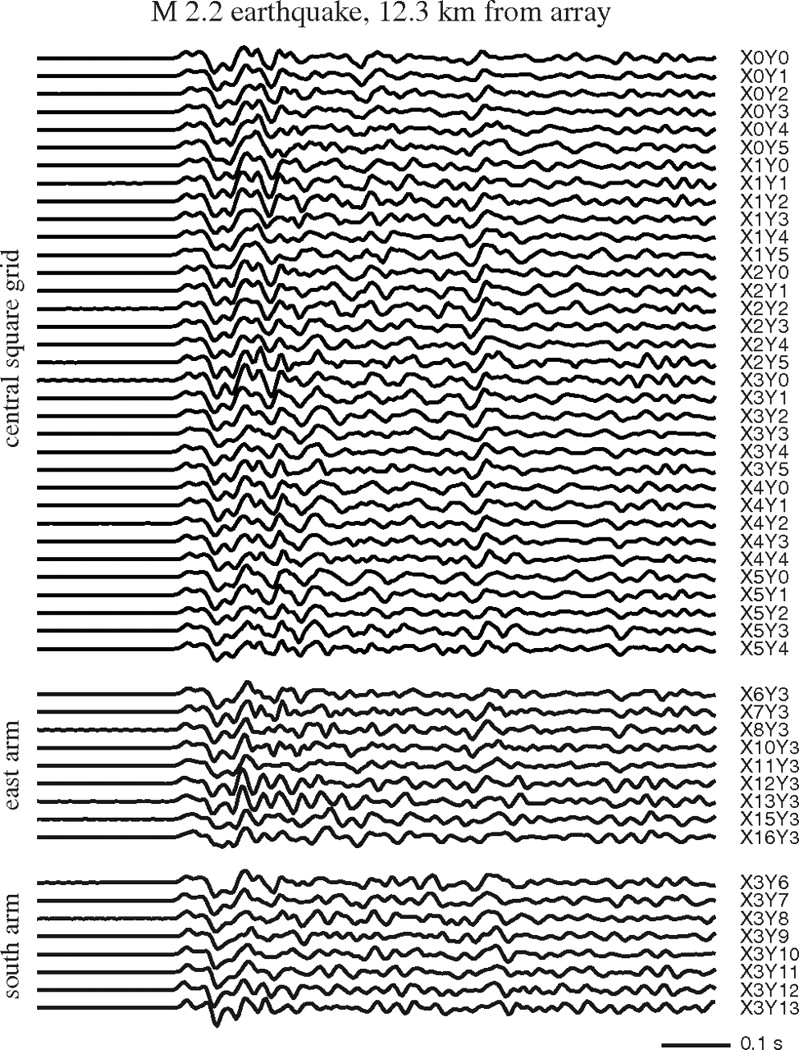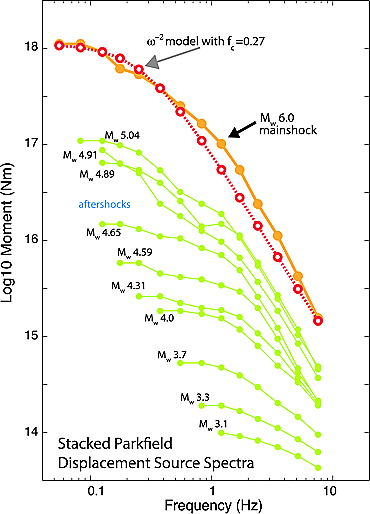Multitaper Spectrum Estimation Library
Finally I managed to create the Multitaper Spectrum Estimation Library. This Library is written in Fortran 90 and is available for download. Some extra features are also available in this library.
GPLOT and XYPLOT Fortran plotting library
This is a plotting library that allows on the fly plots, using Bob Parker's plotxy inside your Fortran programs. That means you can plot variables from inside any of your F90/95 codes. You do not need to save your files and then open Matlab to plot the data.
Mac OS X notes
During my PhD I was introduced to Macs. Having both advantages and disadvantages, Mac OS X systems are quite different from Sun systems, and to adjust to this changes, I had to learn some tricks to use them.
In this page I list some tricks I have learned and use in my new Intel Mac laptop running Mac OSX 10.4. Mainly I show some notes on shell usage, terminal, X11 usage, startup files, aliases, etc. I recommend also visiting Kris Walker's Mac OS X notes , and Peter Shearer's conversion to Mac notes.
Fortran Interface for Antelope
The notes here describe the use of Antelope's Datascope database system with Fortran90. Antelope is a product of Boulder Real-Time technologies, Inc. www.brtt.com.
The main problem in using Fortran90 with Antelope is that it is not intended for Fortran90, in fact most support is directed to C/C++ and Matlab, so some common codes used in the C/C++ enviroment cannot or are not available for Fortran. Since I am more of a Fortran programmer, I had to adjust. Here I show some examples for using F90 and how you are supposed to write your codes.
Note that the main things to be aware of is the Makefile; you have do it right from the beginning. And the include files (see below), which were written for F77 and have to be changed a little bit for F90 to use them.

